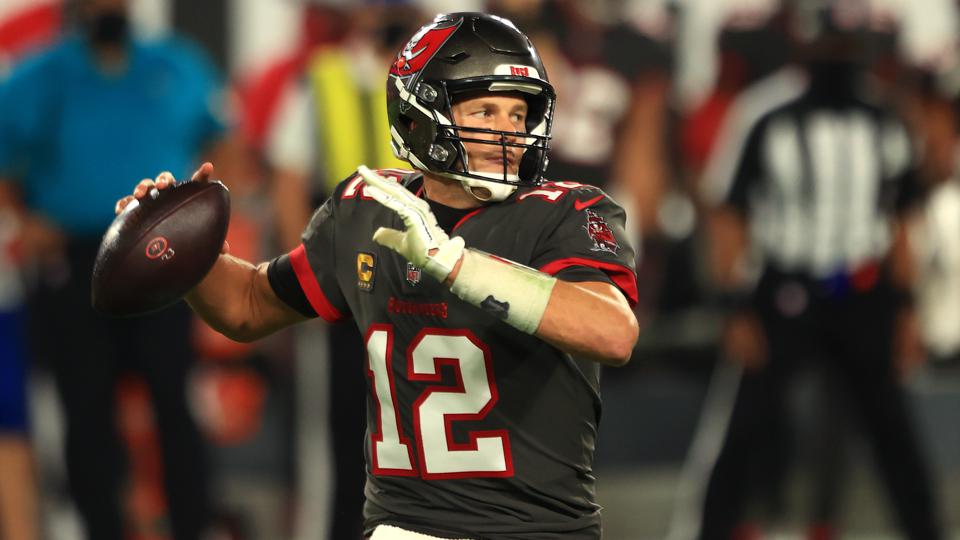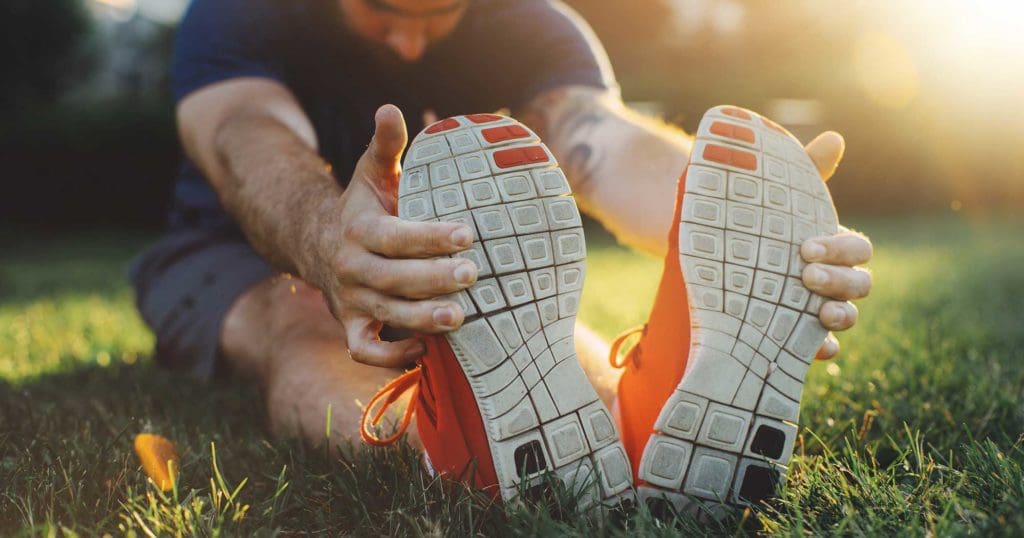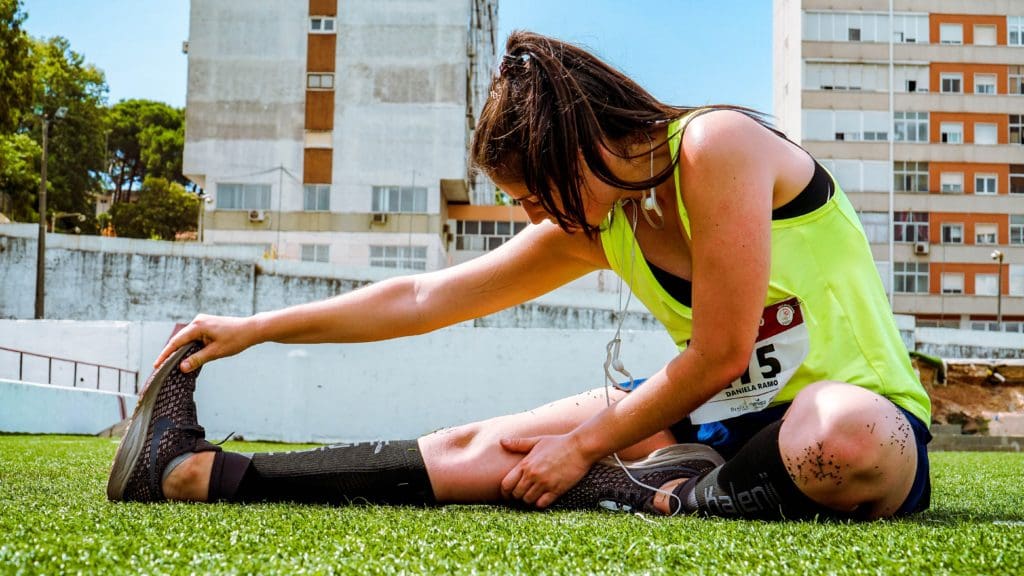Tom Brady’s Secret Weapon? Pliability! PTs Explain Pliability
How you can use Tom Brady’s philosophy of fitness to stay active as you age
by Megan Blanusa, PT, DPT, PTSMC Naugatuck


Love him, hate him or begrudgingly respect him, Tom Brady has defied the odds, and his age, to become the most venerated quarterback in NFL history. In 2019, at age 41, Brady won his sixth Super Bowl title in nine appearances, becoming the oldest quarterback to ever win a championship, and making many of us sitting at home think, “what is this guy’s secret?”
While NFL players are known for size and strength, Brady swears by a fitness regimen that focuses on “pliability” – a term he and his fitness guru coined – to keep moving. Pliability is a combination of muscle strength, endurance and, most importantly flexibility. As physical therapists, we could not agree more with Brady’s philosophy that muscular flexibility is key to mobility as we age. We often work with patients to educate them on the importance of muscular flexibility and offer exercises and stretches they can take with them following treatment in order to maintain a comfortable level of movement.
What is Muscular Flexibility?
Muscular flexibility is defined as the ability to move a certain joint of the body through its entire range of motion without limitation. Flexibility is important in all aspects of daily life, from seasonal tasks like cleaning out your gutters or dragging your Christmas tree to the curb, to more daunting tasks like, say, escaping a collapsing pocket to throw a 40-yard bomb for a touchdown…
Retaining flexibility in all of the muscle groups throughout our bodies allows us to perform tasks without limitation due tightness or stiffness, and decreases the likelihood of incurring a musculoskeletal injury such as a muscle strain.
So, why is muscular flexibility so important to movement as we age, and more importantly, how do we maintain it without Tom Brady’s resources?
The How and the Why
Although the exact mechanisms that explain why stretching works so well is still debated, one thing remains clear: it feels good! Recent studies have concluded that the improvements made in range of motion due to stretching are believed to be from an improved “stretch tolerance.” This essentially means that, the more we stretch and expose our bodies to the stretching sensation, the more our body adapts to the feeling and allows for additional range of motion. In other words, our bodies and brains can learn that stretching into a wider range of motion is okay – and even normal. With an improved stretch tolerance, we can move further through our full range of motion at a joint with decreased feelings of tightness and pain, which in turn allows us to do more and feel better while doing it.
Maintaining muscular flexibility throughout our lifetime is vital because it allows us to remain active and hopefully pain free. As humans age, we see an average of a 10% decrease in muscular flexibility for every decade of our life. If we were to do nothing to combat that decrease in flexibility, we would find a decreased tolerance and a decreased ability to perform our daily tasks, and we may find that things that used to be easy are now hard or even painful.
On average, NFL quarterbacks play for about 12 years; Brady has been playing for 20, and he’s looking towards another post-season run this season. In various interviews, he’s explained that pliability is his attempt to keep his muscles “soft, long and ready to move.” By doing that, Brady is able to continually push his body to be better, faster and stronger than in years before, because his body is ready and able to accept those demands.
Muscular Flexibility and Exercise
So, now the $1 million question: how do we keep our bodies flexible as we age, and how do we ensure that we are capitalizing on the maintained flexibility? While most of us aren’t planning on playing a professional football game anytime soon, it’s clear that the easiest way to maintain the flexibility to remain active in our daily life is through regular and diverse stretching.
Stretching varies by style and by the task we’re hoping to accomplish. Below is a brief overview of the three main styles of stretching.
Types of Stretching


Image credit: My Fit Station
- Static: moving a part of your body to the end of its available range of motion and holding that position for a certain amount of time; typically used to improve range of motion.
- Dynamic: controlled and active movement of part of your body through its available range without a hold; occurs at either an increasing speed or increasing movement of body part; typically used as a warm up prior to exercise or athletic activity.


- Proprioceptive Neuromuscular Facilitation (PNF): passive stretch combined with an active contraction of the targeted muscle; typically used to improve range of motion.
Stretching as part of a healthy lifestyle
Being able to actively engage in physical activity throughout our lifetime is important for overall health and wellbeing, as regular exercise decreases the risk for a variety of health-related diseases such as diabetes, cardiovascular disease, high blood pressure, and high cholesterol. It also preserves muscle mass and bone density, which helps in fall prevention and decreases the likelihood of osteoporosis.
By employing the above stretching techniques on a regular basis, we are preparing our bodies for movement and exercise. Whether that means getting out for a walk, maintaining a strength training regimen, picking up our grandkids or playing in a Super Bowl, pliability and muscular flexibility is the key to strength and endurance as we age, which can lead to a healthy, active and pain-free life. As Tom Brady says, “It’s not one thing, it’s everything.”
